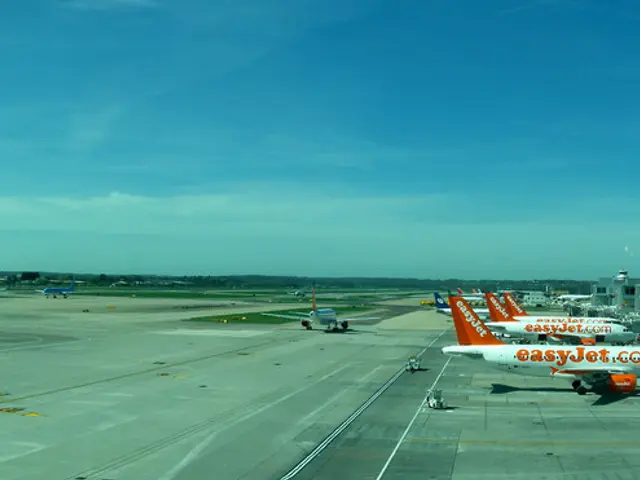US Air Traffic in Chaos: Shutdown Causes Delays, EAS Program Threatened
Air traffic in the US is facing severe disruptions due to a combination of factors. The ongoing government shutdown has led to an acute shortage of air traffic controllers, causing massive flight delays and closures. Meanwhile, the Essential Air Service (EAS) program, which connects rural areas to the national air transport system, is set to expire, threatening regional aviation. The situation is particularly dire in airports like Nashville, Dallas, and Chicago, and remote regions like Alaska could be disproportionately affected.
The temporary closure of the tower at Burbank airport is just one example of the widespread impact of the air traffic controller shortage. The government shutdown has left these essential workers without pay, leading some to take on secondary jobs or call in sick. This has exacerbated the existing shortage, causing significant flight delays and cancellations across the country. The US aviation industry is under immense pressure, with thousands of flights affected.
The impending expiration of the EAS program adds another layer of concern. This program provides vital flight connections to rural communities, many of which are already struggling with limited access to essential services. The loss of the EAS program could be catastrophic for these communities, further isolating them and hindering economic development.
The current situation serves as a stark reminder of the importance of long-term investments in the US aviation system. The government shutdown and the potential loss of the EAS program highlight the need for robust personnel planning and training to ensure the safety and reliability of air travel. As the situation continues to unfold, it is crucial for those responsible for maintaining the Essential Air Service program to engage in meaningful discussions about its future and the broader implications for regional aviation.
Read also:
- India's Pragmatic Budget: Sitharaman Aims to Revitalise Growth, Alleviate Distress
- Eric Dane Diagnosed with ALS, Advocates for ACT for ALS
- Deepwater Horizon Oil Spill: BP Faces Record-Breaking Settlement - Dubbed 'Largest Environmental Fine Ever Imposed'
- Aragon Energy Sector Unites to Push for RDL 7/2025 Validation







